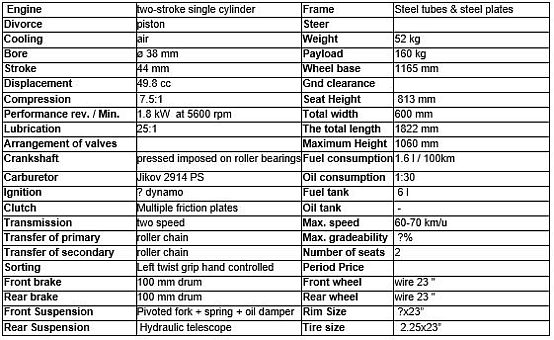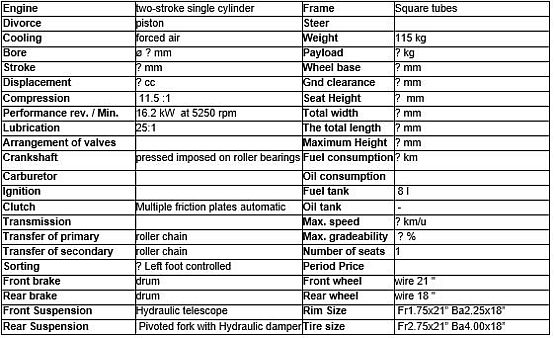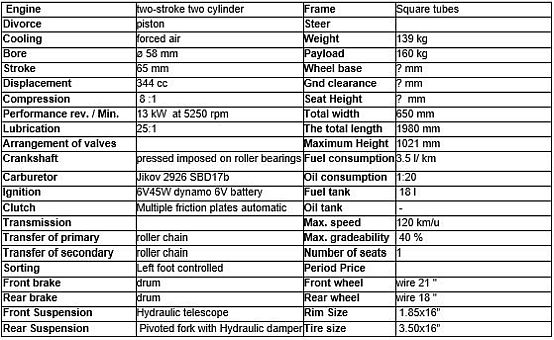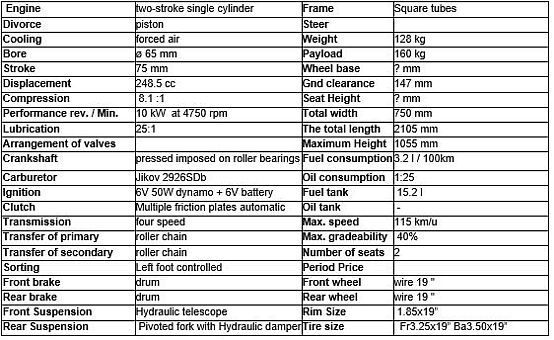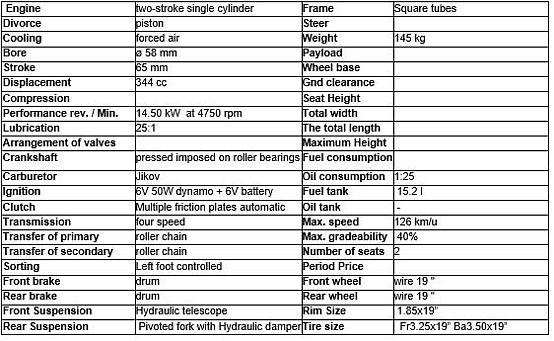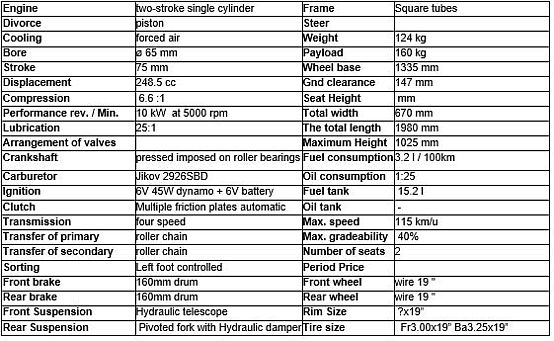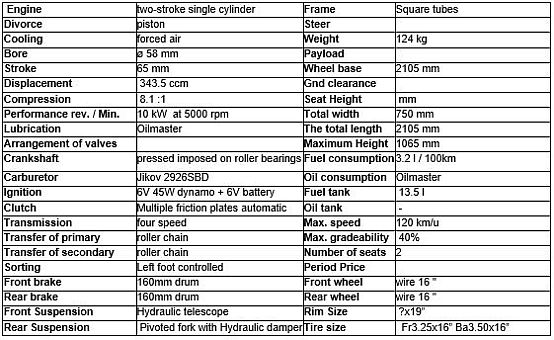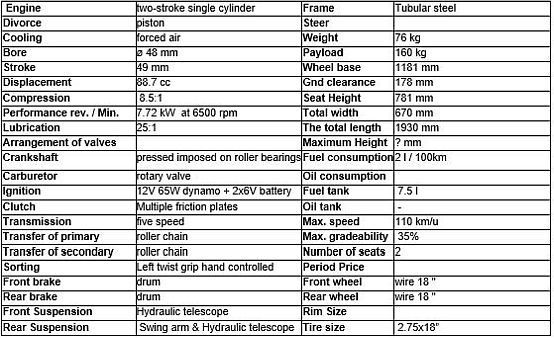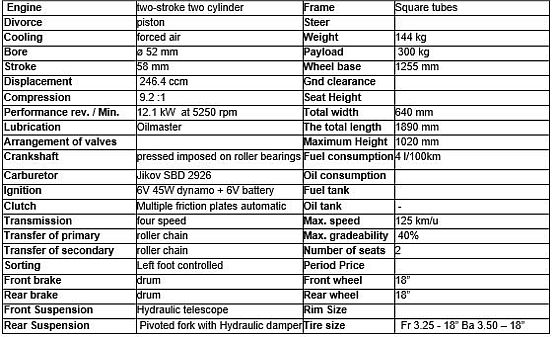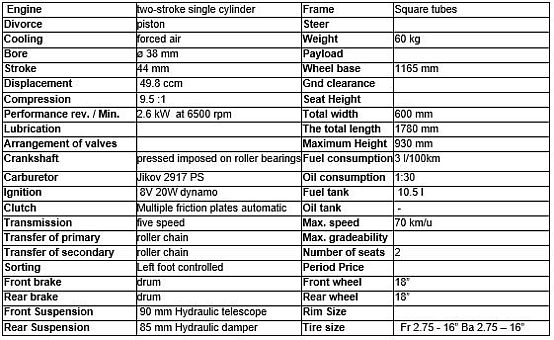1960
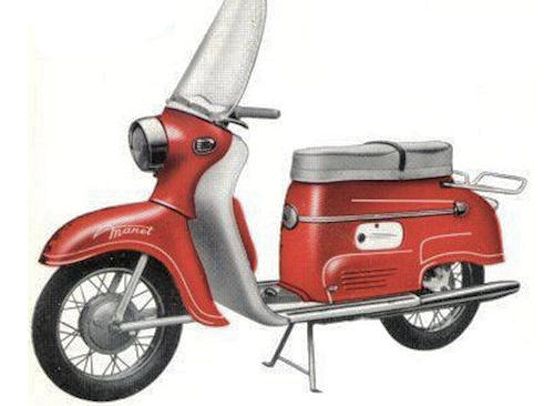
Jawa 100cc S100 Manet Scooter

1961
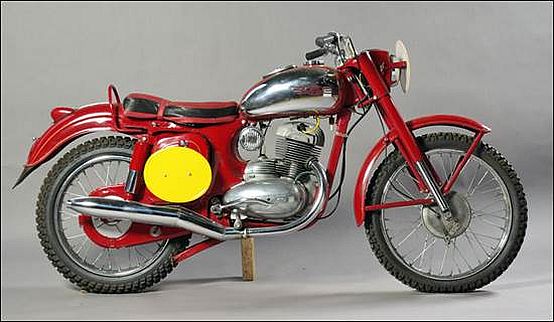
Jawa 250cc S553 ISDT
Het type 553 ISDT model hierboven dateert uit 1961. In dat jaar werd de competitie gehouden in Llandrindod Wells in Wales, en hoewel Tsjechslowakije dat jaar niet de hoofd-trofee won, kwam haar team wel thuis met een beker. De machine heeft een cilinder-kop van een aluminium legering, normaal gereserveerd voor expert rijders en werd naar Oostenrijk gebracht door een Tsjechische emigrant, die het verkocht aan Professor Ehn in 1987. Sindsdien is de Jawa regelmatig gebruikt voor ‘oldtimer’ treffen's, voor het laatst in 2005. Tussentijds werd hij tentoongesteld in het Museum.
1962

Jawa 350cc 354.04 Nanuk
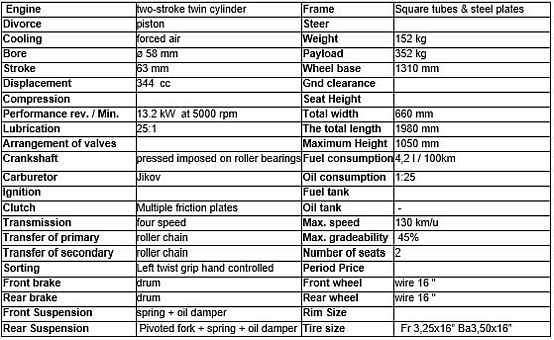
1962-65
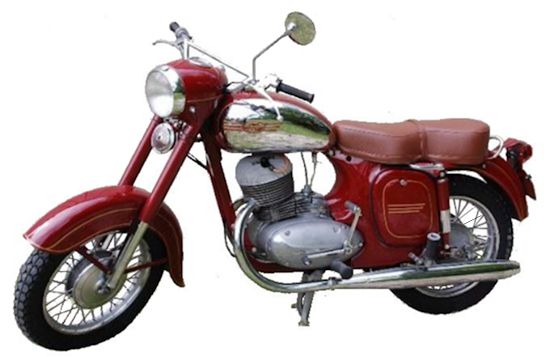
Jawa 250cc 353/07 Supersport
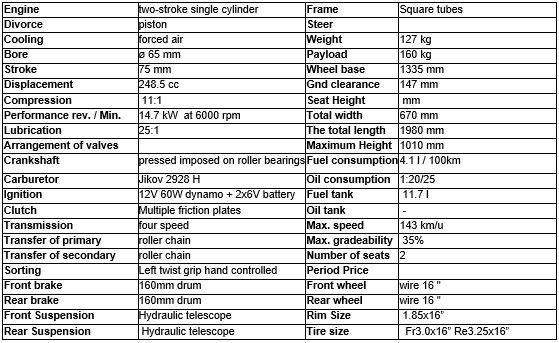
1962-67
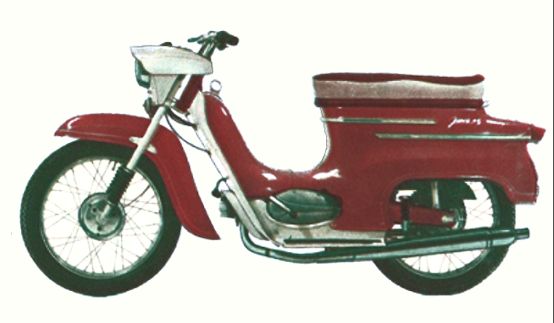
Jawa 50cc typ 05 Pionyr
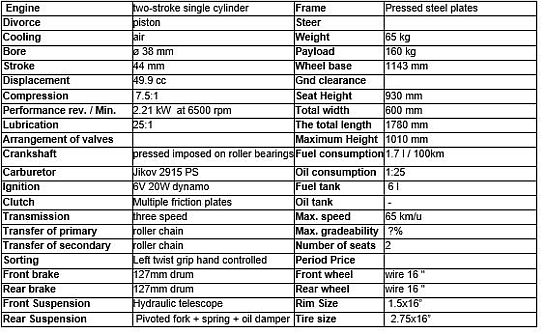
1962-64
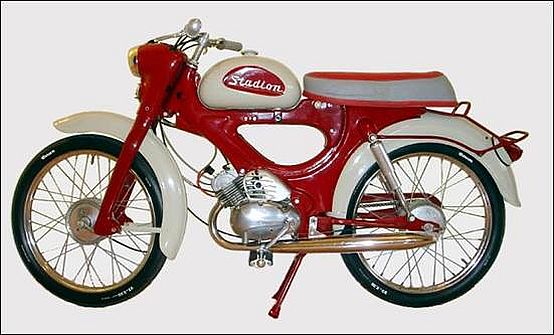
Jawa 50cc Stadion S23
1962
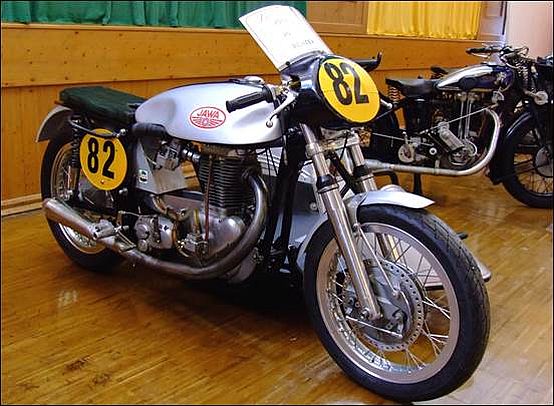
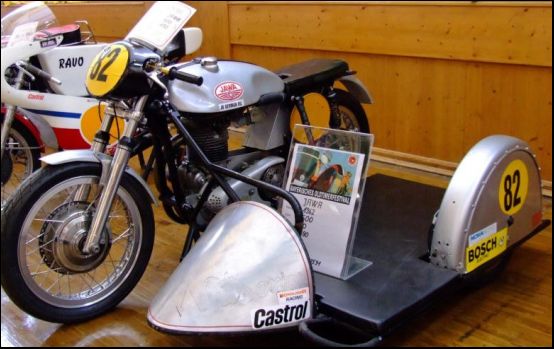
Jawa 600cc racer
Racer, 80 Pk, 190 k/u, met zijspan. Jawa is historische gezien erg aktief geweest in de racerij, en was verreweg de meest aktieve Oost-Europese fabrikant in de mechanische sporten. In de track-racerij bleef Jawa sterk vertegenwoordigd in de Wereld Kampioenschappen tot middenin de jaren zestig met respectabele prestaties, zeker gezien het beperkte budget.
1963
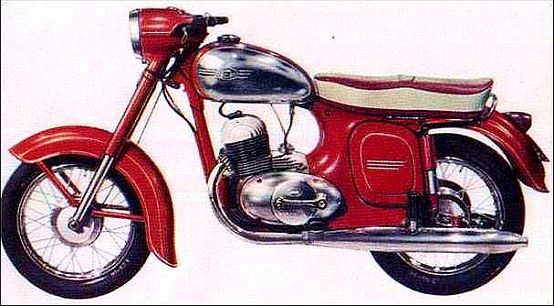
Jawa 250cc 559/03 Automatic
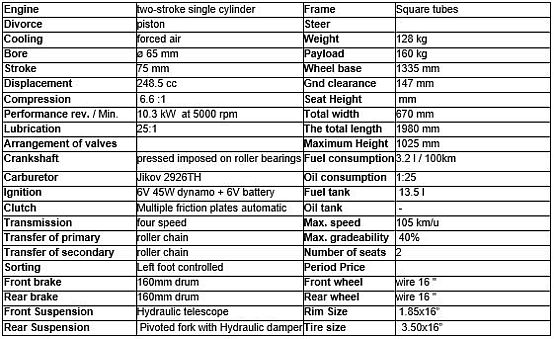
1963-65
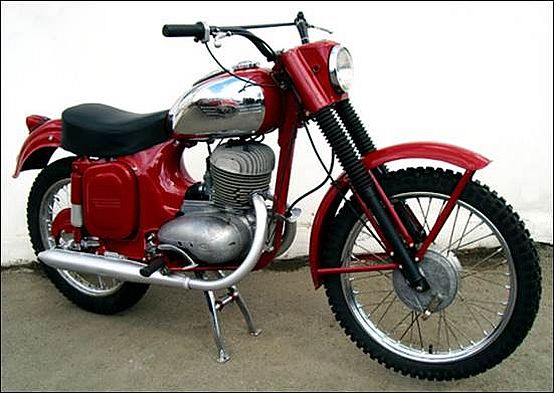
Jawa 250cc 579 ISDT
1963-65

Jawa 350cc 575 Cross
1965-70
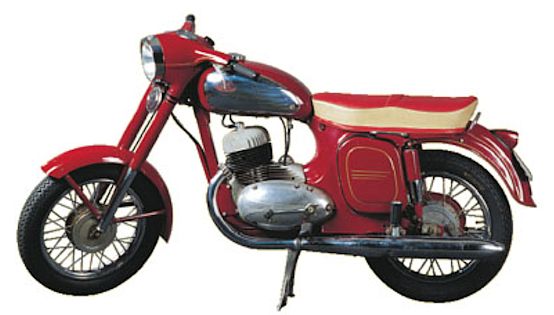
Jawa 350cc 360 Panelka
1965-70
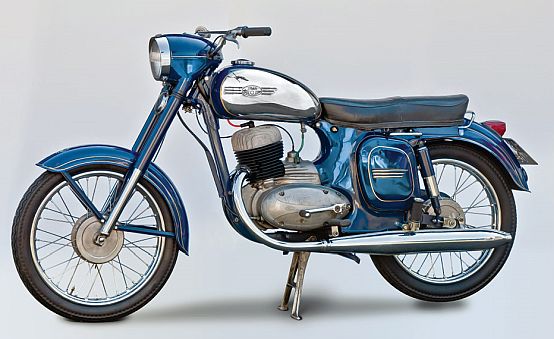
Jawa 250cc 590 Sport
1965-70

Jawa 350cc 361
1965-85
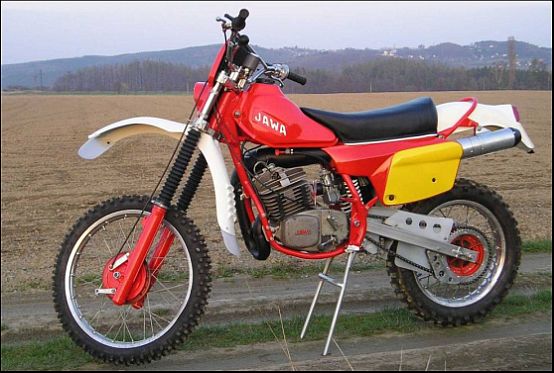
Jawa 250cc 652 ISDT
Van 1985 verschenen de motorfietsen van het Tsjechische team met volledig nieuwe frames. Frames met wat een achterbrug leek, voorzien van een enkele schokdemper. In feite waren deze fietsen nog steeds voorzien van twee schokdempers met een stangenstelsel.
1965-85
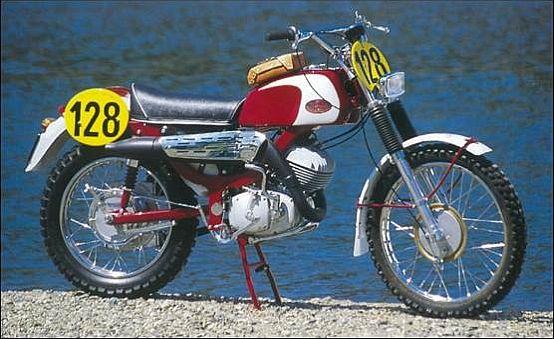
Jawa 350cc 653 ISDT Banan
In 1969 the banana frame ISDT was on its way out. The Czech ISDT team members were already using the new dual down tube style frame. The banana frame remained in limited production into 1970.
1966
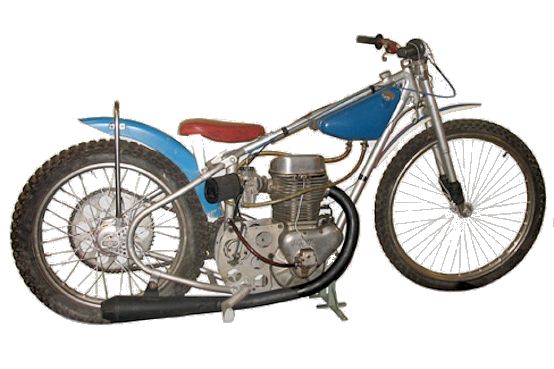
Jawa DT 500cc 890 Speedway
It was 1947 in post war Czechoslavakia to when the first real attempt at producing a speedway motor proper can be traced. A gentleman by the name of Josef Linhart started producing his own speedway motors.
Perhaps not surprisingly, he had used the only successful speedway motor of the time, the JAP, as a pattern and his own motors bore an uncanny resemblance. The Czech motors were called the JO-LI (the first two letters of Linhart's first and last name). These motors were produced for the next three years up to 1950 and are distinguishable by their bronze cylinder heads.
It was in 1950 that Jaroslav Simandl, a motorcycle racer of that time who had already dabbled in motor production bought all of Linharts equipment, castings and remaining spare parts and continued production of the JO-LI under the new name of ESO (Czech for "Ace").
In the early 1950's, Simandl's business was Nationalised, but continued to produce a 500cc speedway motor under the ESO banner right up until the acquisition of his company in 1967 by Jawa, an established Czech motorcycle manufacturer.
In the early 1960's, the ESO motor became very gradually a more common sight on the professional shale circuits and by 1965, the company had a UK concessionaire, Alec Jackson Ltd of London. Only one year after this in 1966, another speedway legend Barry Briggs became the sole UK distributor of the complete ESO machine.
By the late 1960's the ESO name had been dropped by the Jawa giant and the speedway machines now bore the most recognisable name in speedway even to the present day. The Jawa 890 was mechanically almost identical to the earlier ESO models. The two valve Jawa 890 remained virtually unbeatable for a complete decade to follow.
1966-80

Jawa 50cc type 20
1966-75
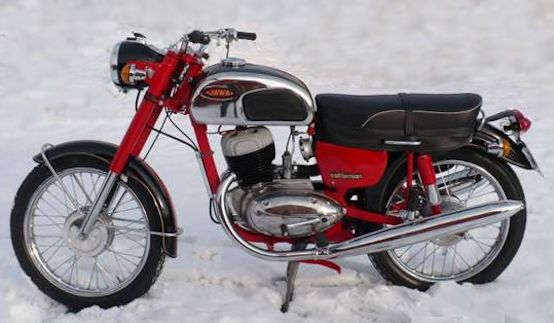
Jawa 250cc 590/04 Californian
1966-75

Jawa 350cc 362 Californian
1967
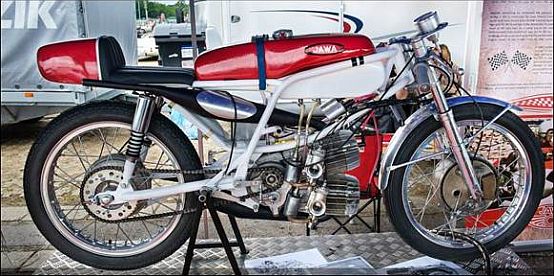
Jawa 125cc 527 V-twin racer
De nieuwe Jawa 125cc racer. Hij is laag, compact en ziet er heel zakelijk uit.
1967-73
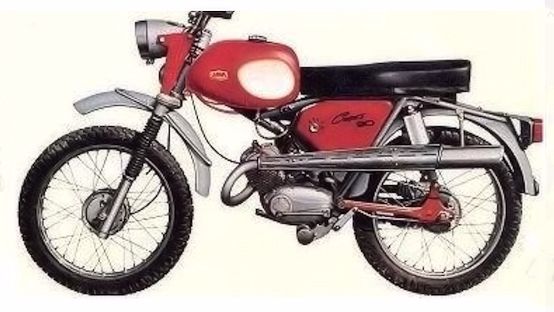
Jawa 90cc 36 Cross 5336
1968-70

Jawa 175cc UR (Unifik Rada)
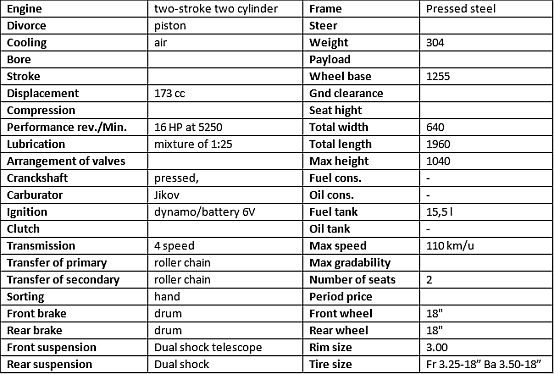
1968-70

Jawa 250cc 632 UR (Unifik Rada)
1968-73
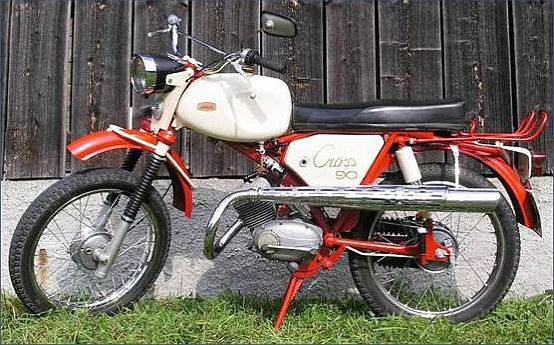
Jawa 90cc Cross 5330
1968-74
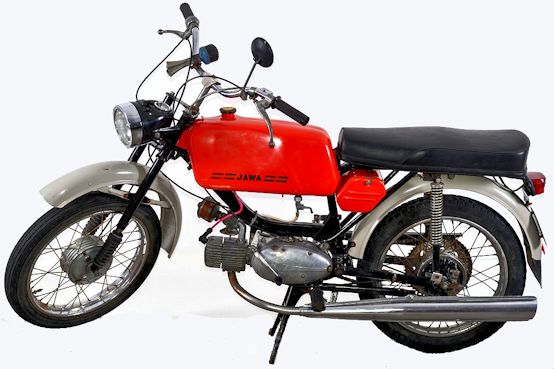
Jawa 50cc type 23 Mustang

